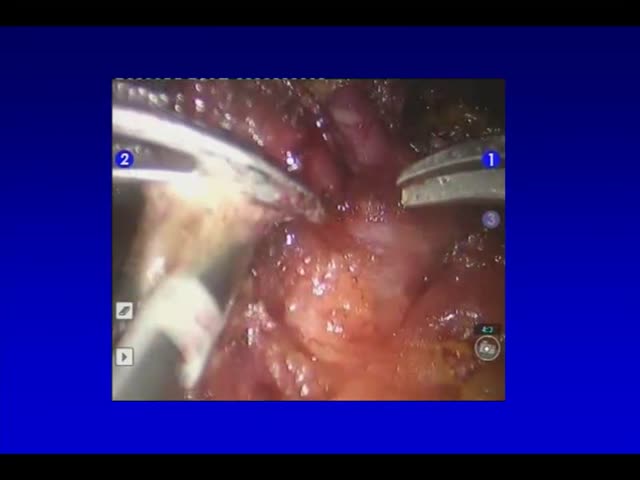
Chicago 2009 Video – Robotic-Assisted Laparoscopic Porta Hepatis Lymph Node Dissection and Partial Hepatectomy for Carcinoma of Gallbladder
January 13, 2010
M. Li
Background/Hypothesis
Carcinoma of the gallbladder is diagnosed during or after cholecystectomy for presumed benign disease in 0.3% to 2% of cases. The current evidence supports the need for re-exploration and radical resection for incidental gallbladder tumors that are stage T2 or greater stage. The objective of re-exploration and resection is to remove the possible residual disease left behind by simple cholecystectomy and resection of associated lymph nodes. Traditionally, open radical surgery is the main approach. Over the past decade, there has been an exponential growth of robot-assisted procedures and of publications concerning robotic-assisted laparoscopic surgery. Robotic-assisted laparoscopic approach has provided solutions to the many drawbacks of traditional laparoscopic surgery. Robotic-assisted approach for lymph nodes dissection for other gastrointestinal malignancy was shown to be technically feasible and safe in cohort studies. However, only scarce reports have studied robotic surgery in hepatobiliary malignancy.
Materials & Methods
Case report
Results
We presented here a 56 year old man who was found to have an incidental T2 stage carcinoma of gallbladder after laparoscopic cholecystectomy for symptomatic gallstone. Second radical surgery with robotic-assisted laparoscopic porta hepatis lymph node dissection and wedge liver resection of the gallbladder bed were performed for him. The operating time was 200 minutes and the intraoperative blood loss was 5 ml only. Patient’s recovery was uneventful. He was discharged on post-operative day 6. During follow-up, he was well at follow-up one month after operation. The final pathology showed no residual disease.
Conclusions
This demonstrated that robotic assisted laparoscopic porta hepatis lymph node dissection and liver resection can be applied safely and effectively for patients with carcinoma of gallbladder. However, the long term oncological outcome needs further evaluation.







